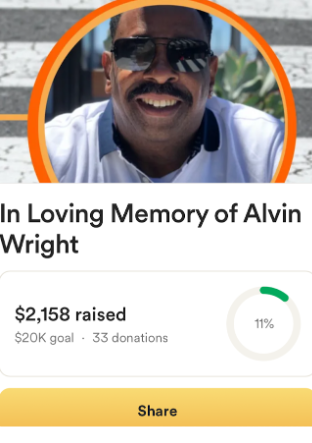Type 2 diabetes, also known as insulin resistance and prediabetes, affects 1 out of 3 Americans, yet more than 80% of them are unaware that they have it. A 2017 statistic indicated that 451 million people are affected by type 2 diabetes. It is expected that by 2045, 693 million people worldwide will be plagued by this metabolic syndrome. But the good news is that 9 out of 10 cases in the United States are preventable by making simple lifestyle changes. So, what are type 2 diabetes and insulin resistance?
The terms insulin resistance and diabetes are often used interchangeably, but if we want to get really technical, insulin resistance is a broader term used to indicate that your body secretes more insulin than usual to manage blood sugar levels. In contrast, diabetes is used to classify a condition in which the body cannot produce enough insulin, and thus the body reaches a specific threshold for high blood sugar levels. Insulin resistance is often a precursor to diabetes. Simply explained, type 2 diabetes/insulin resistance is a metabolic condition that affects your body’s ability to utilize insulin effectively.
Insulin is a hormone that regulates several functions in the human body. It directly affects the cells, glucose levels, the pancreas, and the liver. Insulin allows the cells to absorb and use glucose/blood sugar effectively and healthily, but when the cells in the body no longer respond properly to the signals of insulin, the cells cannot absorb glucose, and blood sugar levels build up in the blood. In other words, the body experiences a blood sugar “spike.”
Because the body always seeks to achieve homeostasis, a self-regulating process by which biological systems maintain stability while adjusting to changing conditions, the pancreas ends up working increasingly hard to release enough insulin to compensate for the body’s resistance in order to keep the blood sugar levels down and safe.
In addition, insulin sends out messages to our liver to store glucose in the form of glycogen rather than release it into the bloodstream. This is called insulin resistance and it increases the risk of developing prediabetes or type 2 diabetes.
What are the warning signs or symptoms?
According to Harvard, Medical News Today, and the National Library of Medicine, people with insulin resistance tend to have some or all of the various health issues: 1) Acanthosis nigricans, which is a skin condition that presents a thick, dark, velvety patches of skin in the groin, armpits, and back of the neck; 2) polycystic ovarian syndrome (PCOS); 3) vascular disease; 4) high blood pressure; and 5) major depressive disorder.
What are the risk factors for insulin resistance?
According to the three aforementioned sources, people with insulin resistance tend to have a certain body type, but not everyone does. Those who tend to gain disproportional weight around their stomach or midsection tend to have this metabolic condition. Other risk factors include: 1) physical inactivity; 2) smoking; 3) consuming large amounts of alcohol, which affects the liver; 4) high cholesterol; 5) high blood pressure; 6) poor sleep hygiene; 7) family history of insulin resistance and/or diabetes; and 8) consuming a high carbohydrate diet.
When it comes to understanding insulin resistance, we need to ask, “Where does all this sugar come from in the first place?” The answer: The food we eat! Sugar is found in all of the food items we consume, from vegetables and fruits to highly processed hot dogs and candy bars. But it is important to note the major difference between healthy, natural sugars – such as the ones found organically in produce – and ultra-processed, refined sugars – such as the ones found in fast food and packaged snacks.
While naturally-occurring sugars are an important and healthy part of any meal, processed sugars should be eaten in moderation given their propensity to negatively impact health when consumed in excess over a long period of time. Much of the societal narrative around food and eating revolves around the idea that sugar is inherently bad and must be avoided at all costs. This is not the case; rather, it is important to recognize the difference between healthy, natural sugars, and ultra-processed ones.
The key to healthy eating and avoiding prediabetes, diabetes, and insulin resistance, is balance. Moderation is essential. Depriving yourself of natural sugars that are not only acceptable but vital to your sustained health is not a good choice.
Stay tuned for the coming follow-up article that will explore our anatomy and physiology related to type 2 diabetes and insulin resistance and the effects of excessive carbohydrates and natural and refined sugars on our bodies.
Thank you for taking some time out of your day to educate yourself and care for your body. Stay curious and proactive about your nutrition, and let’s take a bite out of health!



























